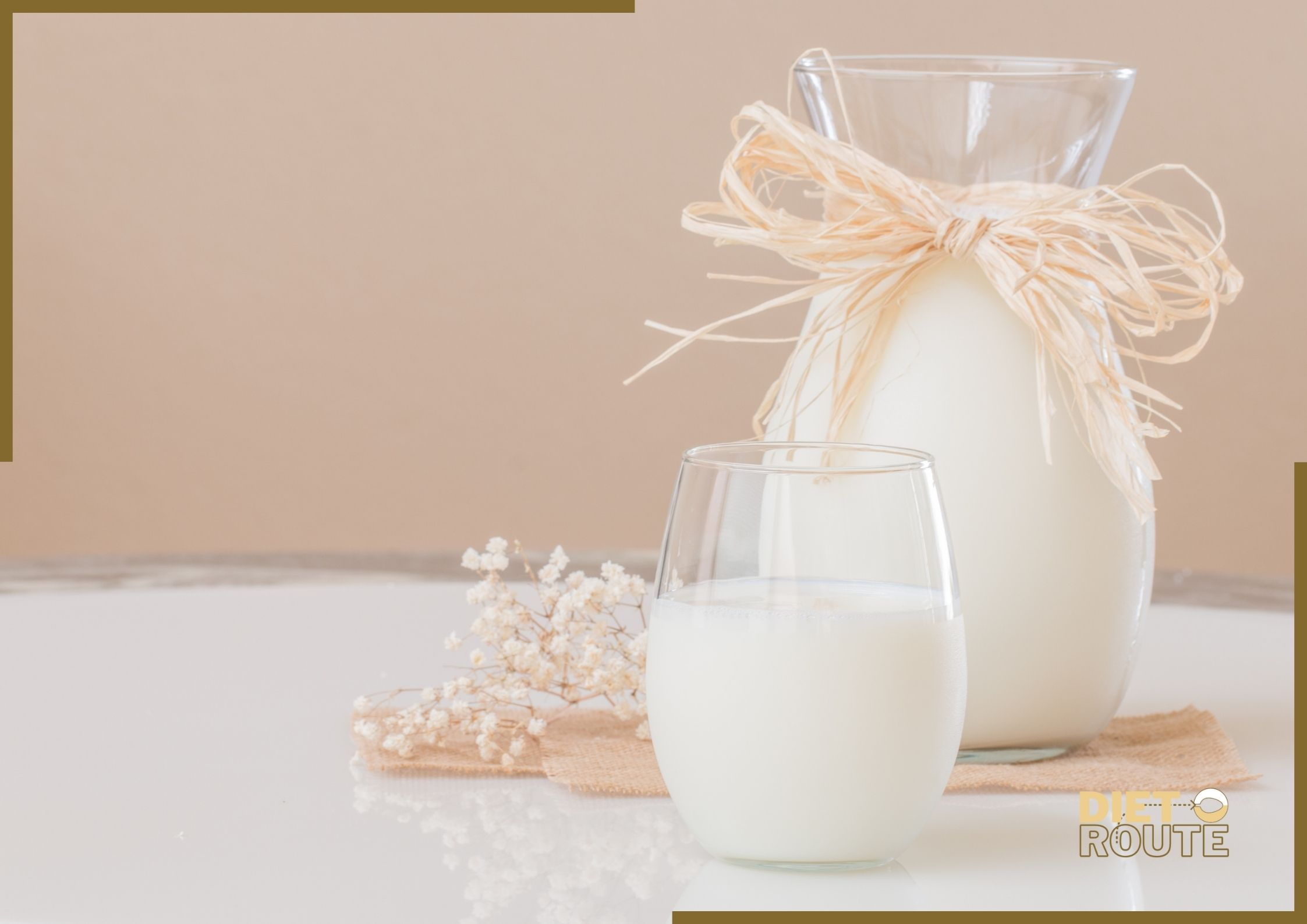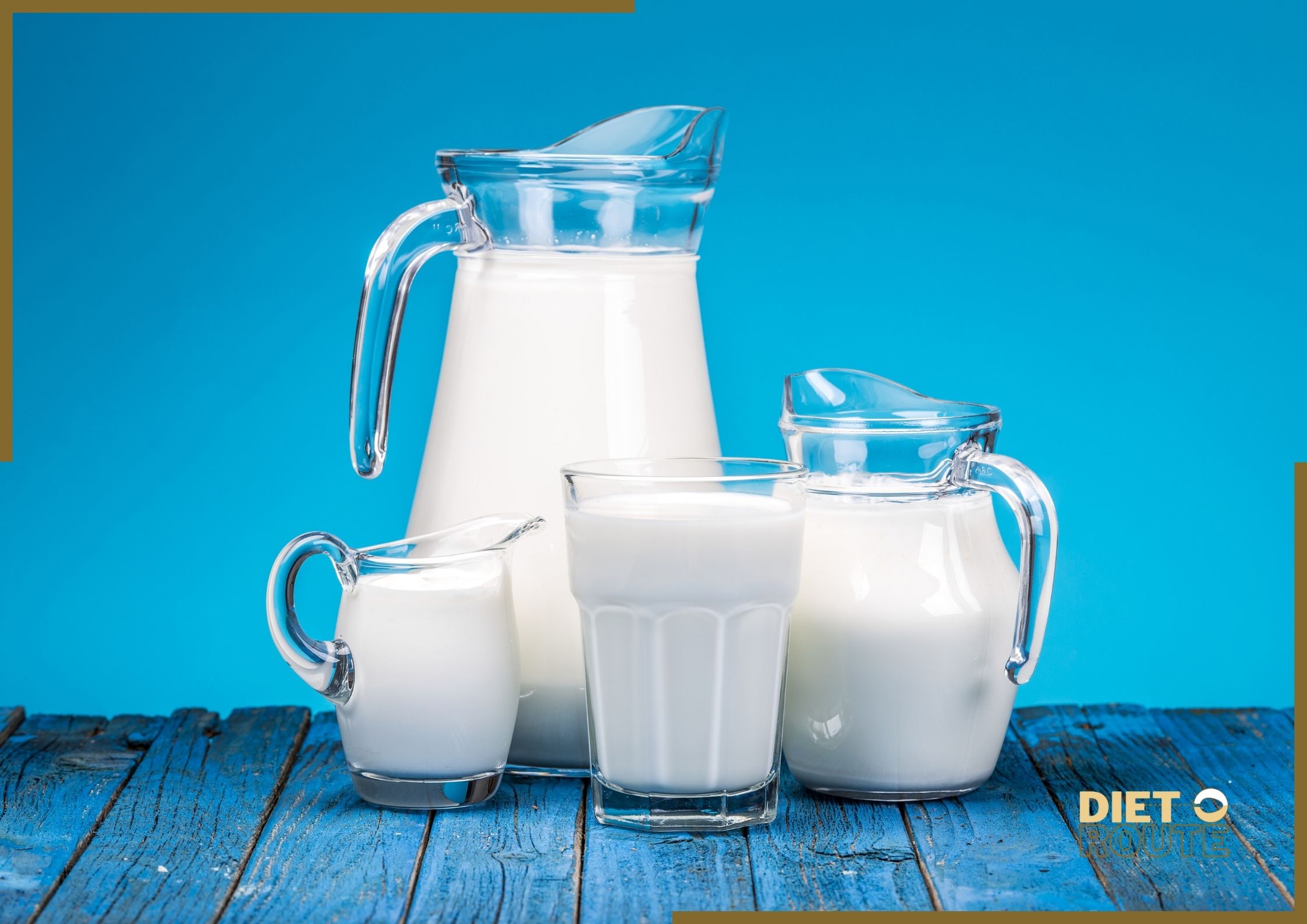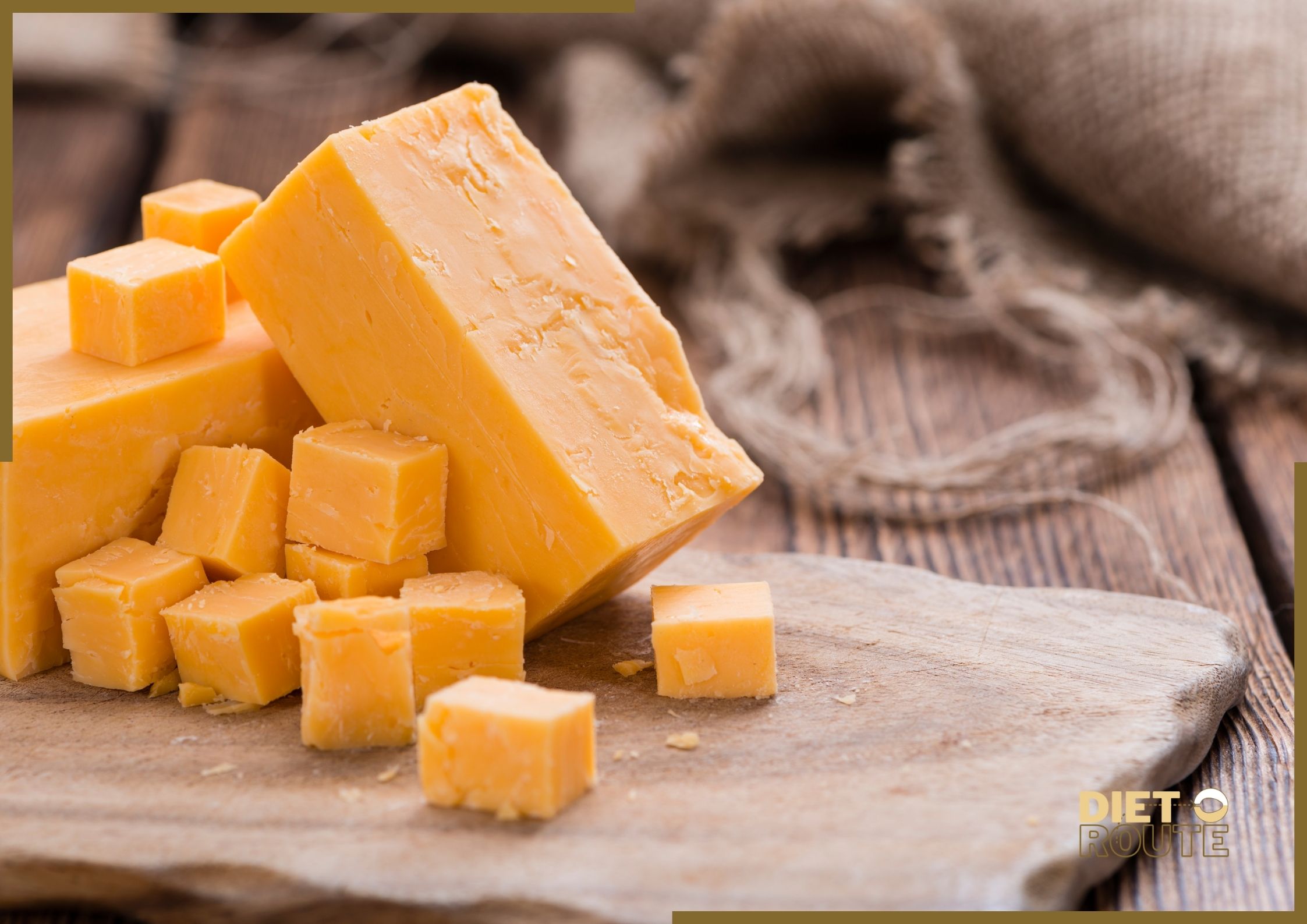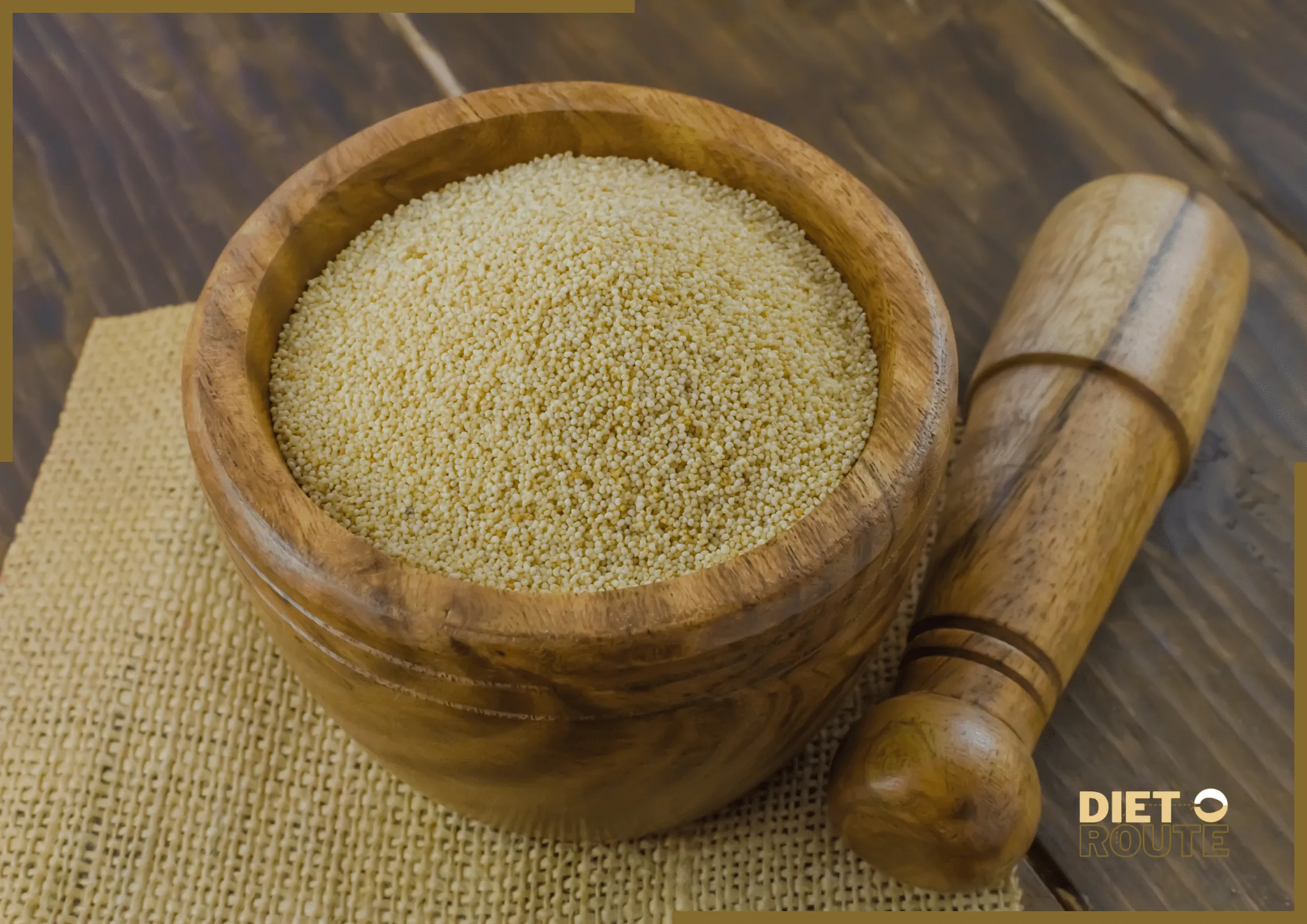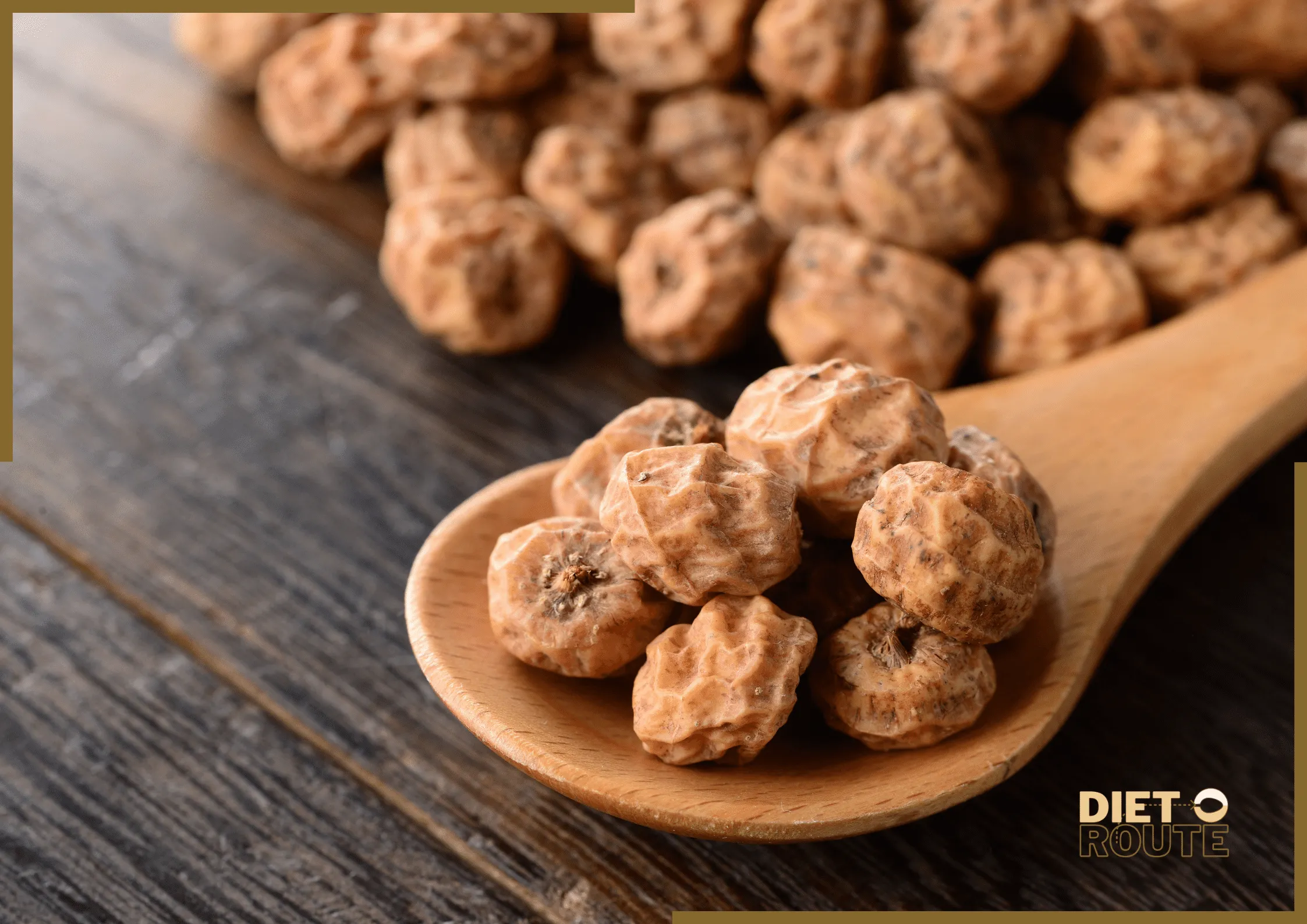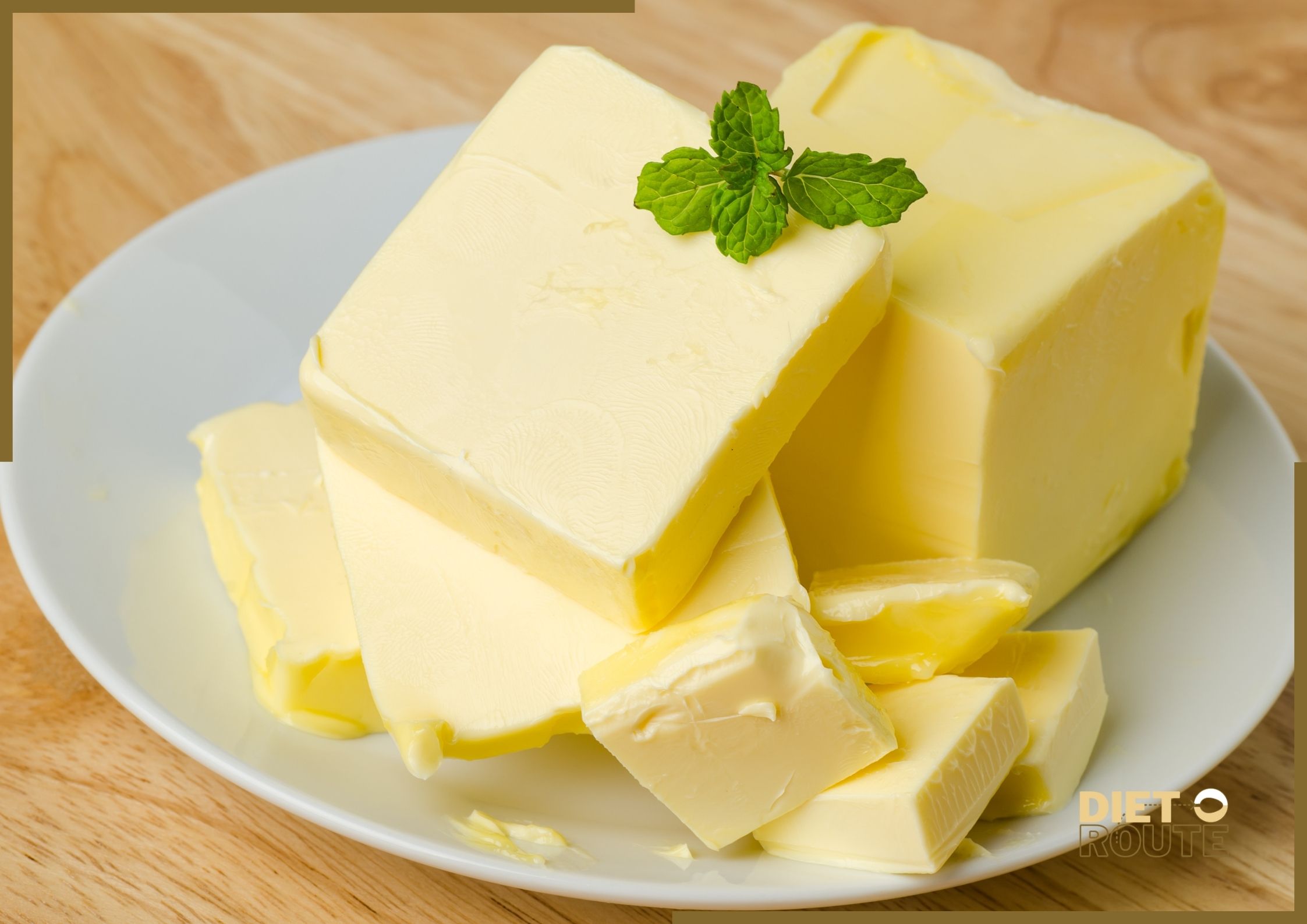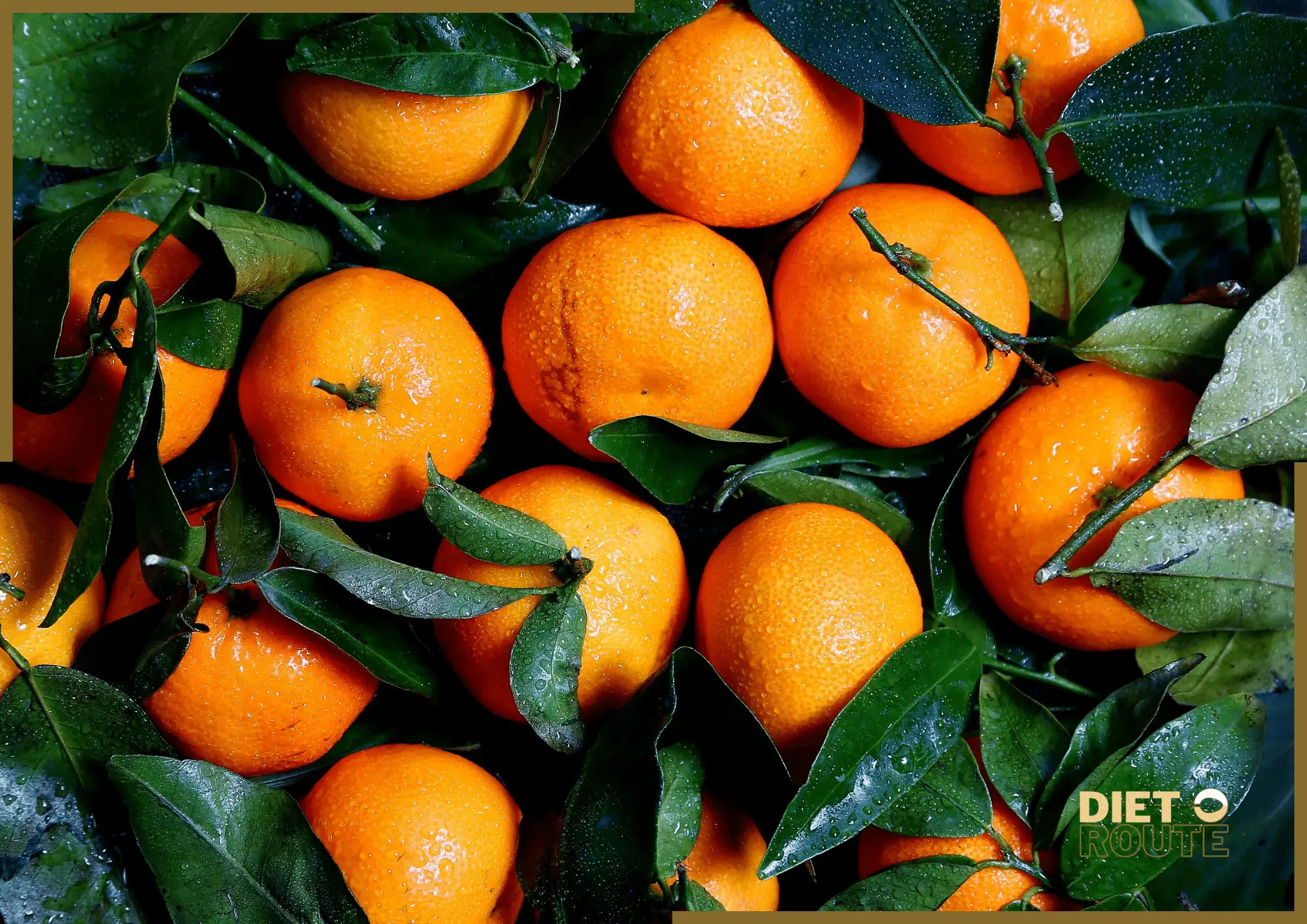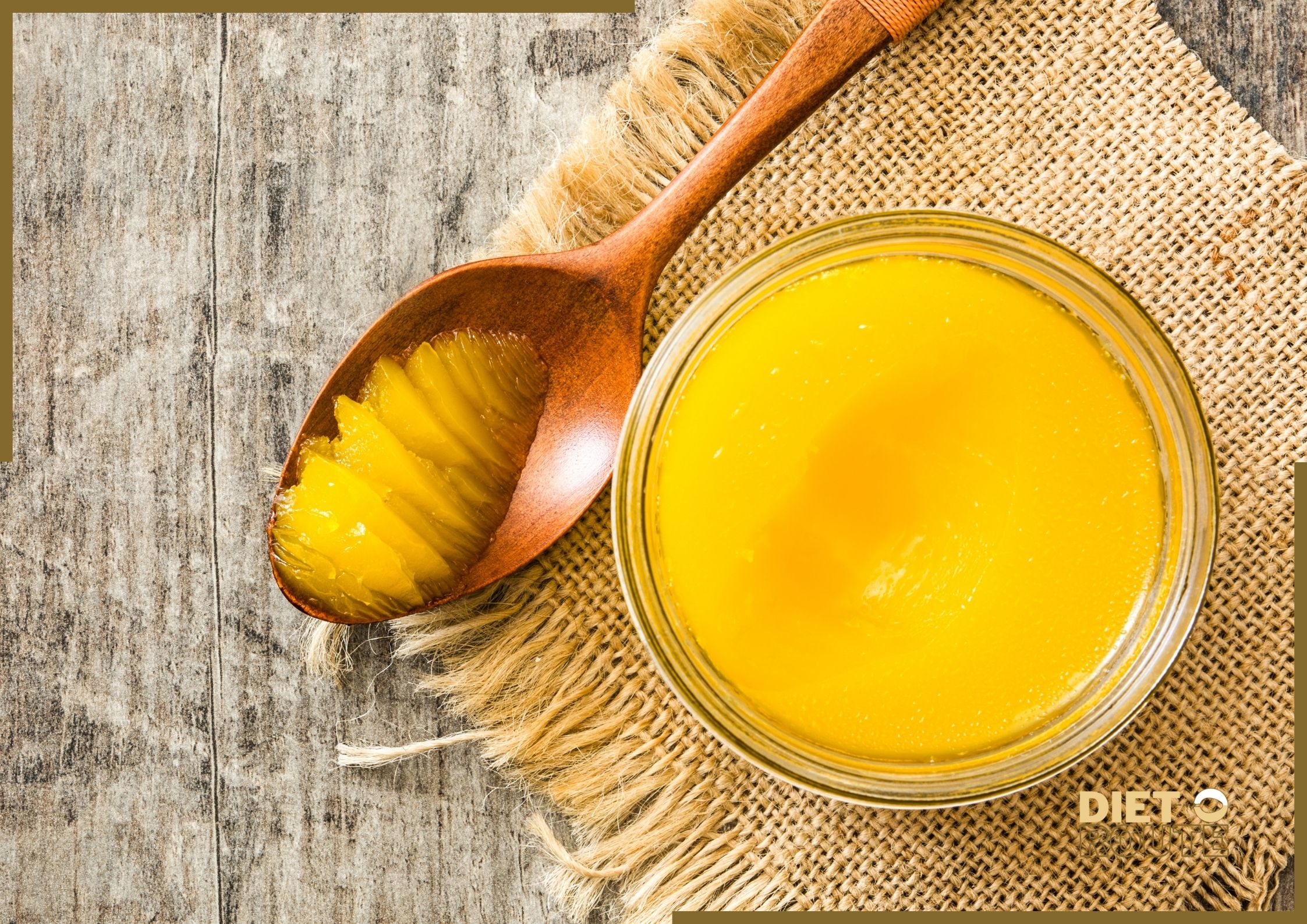Table of Contents
Introduction
Skim milk, also called fat-free or non-fat milk, is a famous dairy product that has been processed to remove most of its fat. It is a lighter option for people who want to cut back on calories and fat while still supplying a number of important nutrients. Getting to know the nutritional value can help people make better choices about their diet and their health as a whole. In this article, we’ll look at the nutritional value, talk about its pros and cons, answer some of the most common questions about it, and end with an overview of its role in a healthy diet.
Nutritional Value Approximately 100g
The values provided are approximate can vary depending on the size and quality.
| Nutrient | Amount | Percentage Daily Value |
| Calories | 34 kcal | 2% |
| Total Fat | 0 g | 0% |
| Saturated Fat | 0 g | 0% |
| Cholesterol | 2 mg | 1% |
| Sodium | 50 mg | 2% |
| Carbohydrates | 5 g | 2% |
| Sugars | 5 g | – |
| Protein | 3.4 g | 7% |
| Calcium | 120 mg | 12% |
| Vitamin D | 100 IU | 25% |
| Vitamin B12 | 0.46 µg | 8% |
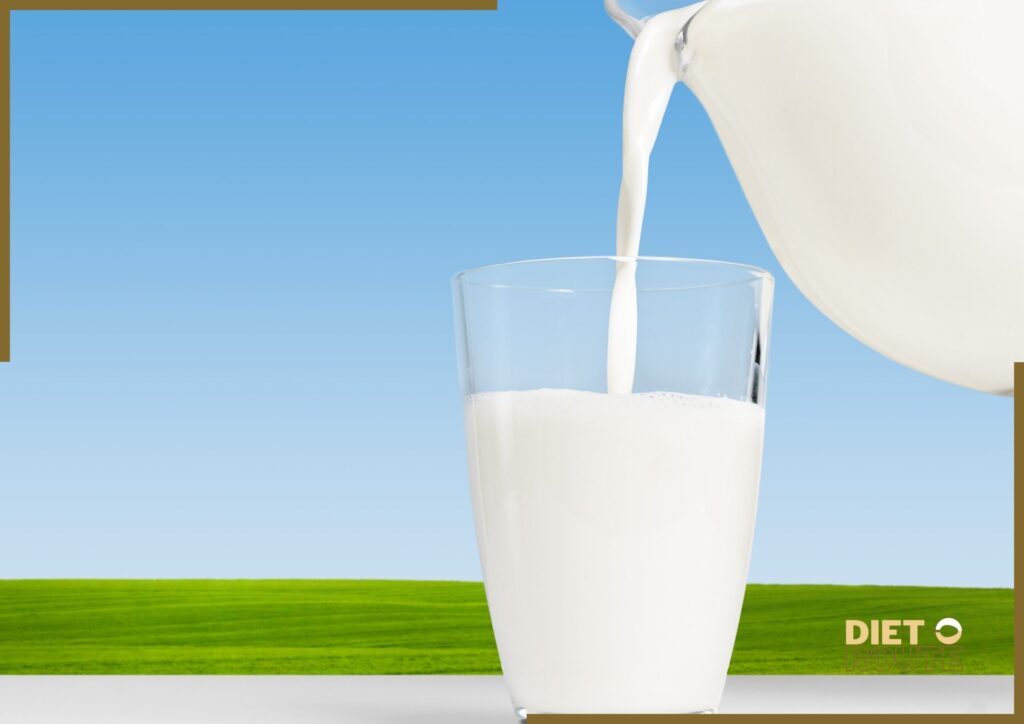
Pros
1. Low in fat and calories:
It has almost no fat content, making it a great option for individuals who want to reduce their calorie and fat intake while still getting essential nutrients.
2. High in Protein:
It is a good source of high-quality protein, which is essential for keeping muscles healthy and repairing them.
3. Rich in calcium:
It has a lot of calcium, which helps build strong bones and teeth and lowers the risk of osteoporosis.
4. Vitamin D Source:
Vitamin D, which plays a key role in bone health and immune function, is often fortified in skim milk.
Cons
1. Less Creamy:
The absence of fat in can result in a thinner and less creamy texture than whole milk, which may be less appealing to some individuals.
2. Potential Taste Difference:
Because of the absence of fat, it may taste slightly different from whole milk. It may taste less good to some individuals.
3. Fat-Soluble Vitamin Absorption:
The lower fat content of skim milk may make it harder for fat-soluble vitamins to be absorbed. But the vitamin content in skim milk helps make up for this possible worry.
In A Nut Shell
Individuals who want to reduce their calorie and fat intake while still getting essential nutrients can choose skim milk as a healthy alternative. It can help you maintain a healthy diet because of its low fat content, high protein content, and calcium content. The benefits it provides make it a valuable addition to a healthy lifestyle, even though it may have a slightly different consistency and flavor than whole milk. Consult a doctor or registered dietitian for personalized diet advice based on your needs and tastes.
Frequently Asked Questions (FAQs)
1. Is skim milk suitable for individuals with lactose intolerance?
Individuals with lactose intolerance may experience pain from the lactose content of skim milk. In this case, lactose-free milk or options to dairy may be a better choice.
2. Can we use skim milk in cooking and baking?
Yes, it can be used in place of whole milk in cooking and baking recipes to make them lighter. The textures and tastes of some recipes may, however, slightly change as a result.
3. Can skim milk help us lose weight?
Due to its low fat and calorie content, skim milk can be part of a diet that helps you lose weight or keep it off. But general diet patterns and calorie balance are important parts of losing weight.
4. Is skim milk safe for children to drink?
It is usually safe for children over the age of two because it gives them essential nutrients while limiting their fat intake. Regarding detailed dietary recommendations for children, it’s important to consult a pediatrician.
5. Does drinking skim milk make your risk of osteoporosis higher?
When consumed as part of a well-balanced diet, skim milk, with its calcium content, can actually help reduce the risk of osteoporosis.
6. Can individuals with high levels of cholesterol drink skim milk?
Due to its low saturated fat content, it is frequently recommended for individuals with high cholesterol. For personalized diet advice, it’s best to consult a healthcare professional.
7. Is vitamin D in skim milk a good way to get it?
It is often fortified with vitamin D, making it a good diet source of this essential nutrient.
8. Can skim milk be consumed by individuals with diabetes?
As it provides protein and essential nutrients with little effect on blood sugar levels, it can be included in a balanced diet for individuals with diabetes. But it’s important to watch how much you eat, and each person’s dietary needs should be taken into account.
9. Can skim milk be used in coffee or tea instead of whole milk?
Yes, it can be used in place of whole milk in coffee or tea to make it lighter. But the taste and appearance may be slightly different.
10. How should you keep skim milk?
It should be kept in the fridge at temperatures lower than 40°F (4°C) to keep it fresh and stop it from going bad. Checking the expiration date and eating within the suggested time frame are essential.
